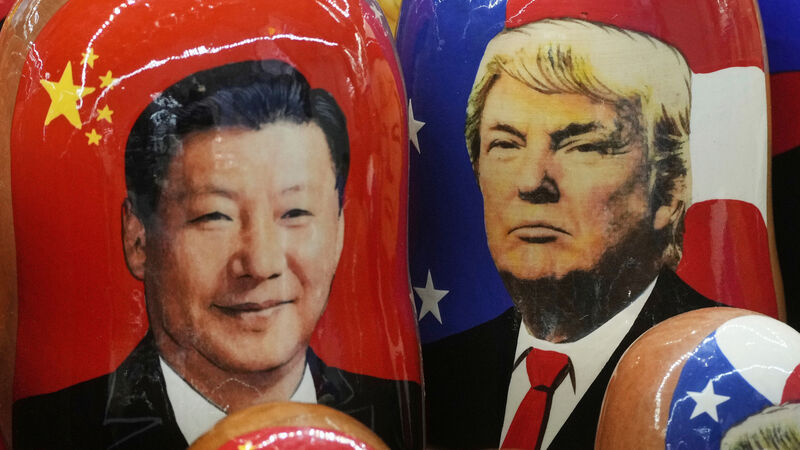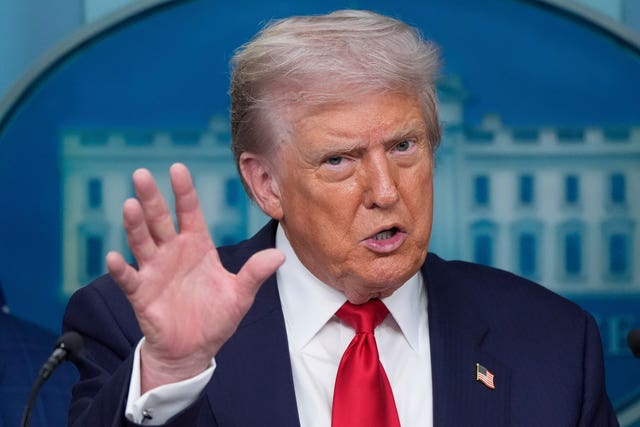US and China extend trade truce for another 90 days

US President Donald Trump has extended a trade truce with China for another 90 days, delaying once again a dangerous showdown between the world’s two biggest economies.
Mr Trump posted on his Truth Social platform that he signed the executive order for the extension, and that “all other elements of the Agreement will remain the same”.
Beijing at the same time also announced the extension of the tariff pause, according to the Ministry of Commerce.
The previous deadline was set to expire at 12.01am on Tuesday.
Had that happened the US could have ratcheted up taxes on Chinese imports from an already high 30%, and Beijing could have responded by raising retaliatory levies on US exports to China.
The pause buys time for the two countries to work out some of their differences, perhaps clearing the way for a summit later this year between Mr Trump and Chinese President Xi Jinping, and it has been welcomed by the US companies doing business with China.
China said on Tuesday it would extend relief to American companies who were placed on an export control list and an unreliable entities list.
After Mr Trump initially announced tariffs in April, China restricted exports of dual-use goods to some American companies, while banning others from trading or investing in China.
The Ministry of Commerce said it would stop those restrictions for some companies, while giving others another 90-day extension.
Reaching a pact with China remains unfinished business for Mr Trump, who has already upended the global trading system by slapping double-digit taxes – tariffs – on almost every country on earth.
The EU, Japan and other trading partners agreed to lopsided trade deals with Mr Trump, accepting once unthinkably US high tariffs (15% on Japanese and EU imports, for instance) to ward off something worse.

In June, the US and China reached an agreement to ease tensions.
The US said it would pull back export restrictions on computer chip technology and ethane, a feedstock in petrochemical production, and China agreed to make it easier for US firms to get access to rare earths.
“The US has realised it does not have the upper hand,” said Claire Reade, senior counsel at Arnold & Porter and former assistant US trade representative for China affairs.
In May, the US and China had averted an economic catastrophe by reducing massive tariffs they’d slapped on each other’s products, which had reached as high as 145% against China and 125% against the US.
Those triple-digit tariffs threatened to effectively end trade between the US and China and caused a frightening sell-off in financial markets.
In a May meeting in Geneva, America’s tariffs went back down to a still-high 30% and China’s to 10%.
Ms Reade does not expect much beyond limited agreements such as the Chinese saying they will buy more American soybeans and promising to do more to stop the flow of chemicals used to make fentanyl and to allow the continued flow of rare-earth magnets.
But the tougher issues will likely linger, and “the trade war will continue grinding ahead for years into the future”, said Jeff Moon, a former US diplomat and trade official.













